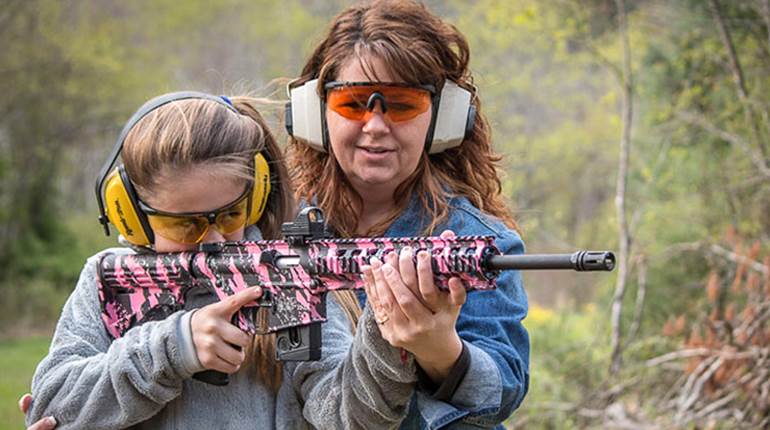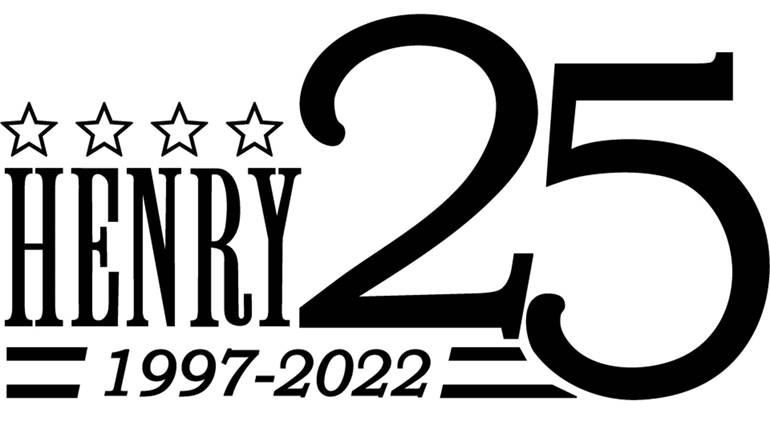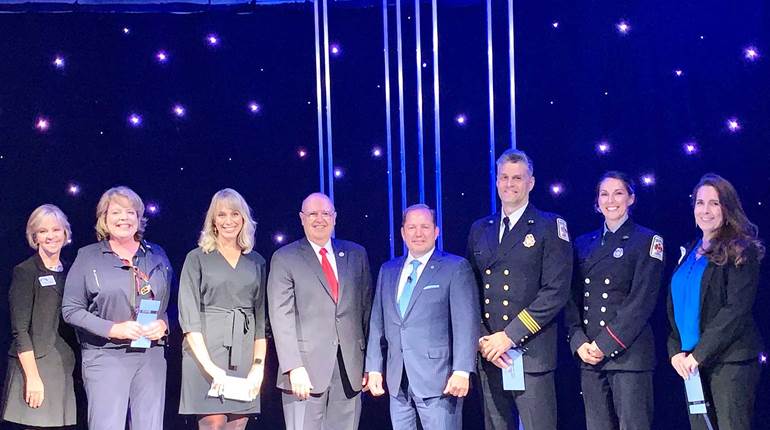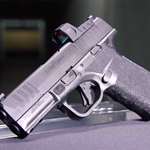
We often get firearm industry visitors here at NRA HQ, and after our meetings are over, John Zent often asks me to take the group on a tour of the National Firearms Museum. The tour begins and ends with two guns that, in my mind, best signify our freedom and our struggle to preserve it.
The first is a German wheellock carbine (think of it as a muzzleloader with a complicated Zippo for a lockplate) brought to North America by John Alden on the Mayflower in 1620. It is the first gun we can say, for sure, was in North America and linked to a specific man taking his first steps in the New World. It resides in its own case at the entrance to the museum. But the second gun resides in the Law Enforcement case leading to the impressive facility’s exit (if you haven’t been to the museum, you need to go).
The gun I invariably end the tour with wasn’t owned by a king or president. This gun is not lavishly engraved, nor does it mark a major milestone in the development of firearm technology. No, it is a battered, burned .38 Spl. Smith & Wesson J-frame with incinerated stocks, likely vaporized, and a frame and sideplate warped and separated by extreme heat. It doesn’t look like much, but like so many guns in the museum, owner and his story make its value incalculable.
This little Smith belonged to NYPD Police Officer Walter Weaver, a proud NRA member and avid hunter who woke on September 11, 2001, put on his uniform and went to work. It was his back-up gun, and a good choice of one I might add as countless police officers and armed citizens-me included-regard it as the best tool for the job.
As an officer in the NYPD’s Emergency Services Unit, 30-year-old Walter Weaver wasn’t even supposed to be in Manhattan that day. But when his truck, ESU No. 3, responded to the despicable attack on the Twin Towers, Weaver was on it. He and his fellow officers, along with FDNY brothers, entered Tower 2 and went to work getting their fellow citizens out, clearing the building floor-by floor and risking their own lives so that others might live. The last report from Walter Weaver was as he and others on the sixth floor of Tower 2 were attempting to free screaming people trapped in an elevator. Then came the collapse. And silence from the Weaver’s radio.
As you can read in Executive Vice President Wayne LaPierre’s story “What Walter Taught Me,” he attended Walter Weaver’s funeral, cried with the Weaver family and mourned the loss of a young life cut short by evil. A member of the NRA family taken, just one of many NRA members, wantonly murdered that day in New York, Virginia and Pennsylvania.
This revolver was the only tangible link to Walter Weaver’s life found in the carnage and debris of the World Trade Center. Once it was identified, the Weaver family contacted Wayne and asked if it could be displayed at the NRA Museum. Obviously, NRA was awed and gratefully to accept it, a final gift from a family that has given so much. And there it resides in a place of pride today, an artifact that once belonged to one of our heroes. It’s a reminder of a young man’s courage, his duty, his life and his sacrifice. I stop in front of that humble revolver every time I pass through the museum and it reminds me that, even as we go about our daily lives, freedom isn’t free. God bless you, Walter.





































